Content

Apartments, Offices, Factories Solution
Update: 04/01/2025
Share:




Diagram and wastewater treatment system for apartment buildings help investors and managers solve the problem of wastewater in residential buildings, aiming to protect our living environment. The question is how to have a system of 6 wastewater treatment tanks for high-rise apartment buildings. Please follow the information below to answer all those questions.
What is wastewater from apartment buildings?
Apartment buildings are places with a high concentration of residents. Therefore, the demand for water for daily use is very high, and the amount of wastewater discharged into the environment is also significant.
.jpg)
Origin of apartment building wastewater
The components of domestic wastewater such as from bathing, washing, from toilets, sinks, or kitchens, include dirt, grease, soap, and cleaning agents.
Currently, wastewater from apartment buildings is increasing day by day, but the issue of wastewater treatment systems for residential areas is still not adequately addressed.
Therefore, environmental pollution in residential areas, especially in old residential areas, is becoming increasingly serious and affecting the residents living in these areas.
Characteristics of apartment building wastewater
Like other types of wastewater, wastewater from apartment buildings is also harmful to health and causes serious environmental pollution. Here are some specific characteristics:
- Protein compounds account for (40 - 50%).
- Hydrated Carbon accounts for (40 - 50%).
- Starch, sugar, cellulose, and fat compounds (5 - 10%).
- Organic matter difficult to biodegrade accounts for about 20 - 40%.
- Polluted by organic substances such as acids, inorganic bases, mineral oils.
- Contains many bacteria, disease-causing microorganisms, fungi, and roundworm eggs.
Technology for treating apartment building wastewater
Modern technology for treating wastewater from apartment buildings helps remove pollutants such as Biochemical Oxygen Demand (BOD), Chemical Oxygen Demand (COD), Nitrate and Phosphate, bacteria and pathogens, suspended solids, and synthetic chemicals to below the permissible level of QCVN 14:2008/BTNMT before discharging into the environment.
.jpg)
To treat large volumes of wastewater from apartment buildings, wastewater treatment technologies are required to minimize environmental pollution. Basically, it will include the following 3 steps:
1. Classification of wastewater, preliminary treatment
From the beginning of construction, a wastewater treatment system for apartment buildings will be designed. Wastewater will be divided according to the source:
- Wastewater from toilets will be directed to septic tanks.
- While domestic wastewater will be directed to grease traps.
These tanks must have a trash filtering system and be regularly cleaned to avoid pump clogging.
2. Treatment of substances in wastewater
After the preliminary treatment in septic tanks and grease traps, all wastewater will be transferred to receiving tanks. Automatic mixing technology will regulate flow rates and concentrations of substances.
.jpg)
From the receiving tanks, the wastewater treatment process for apartment buildings will be sent to a regulating tank and aerated to accelerate the treatment process. Here, Nitrogen and Phosphorus gases will be treated through Nitrate and Phosphorin processes to avoid gas and unpleasant odors.
3. Treatment at settling tank
The next step is to collect the sludge and transfer the waste to settling tanks and MBR tanks. The MBR biological technology combined with aeration will be applied to enhance the decomposition of microorganisms with additional oxygen and accelerate the waste treatment process. After this stage, the wastewater must meet the regulations for apartment building wastewater treatment according to QCVN 14:2008/BTNMT.
.jpg)
The remaining undecomposed dirt will be sent to sludge holding tanks for treatment. At the end of this process, the wastewater from the apartment building has been treated and minimized the adverse effects on the environment.
Process of apartment building wastewater treatment
Basically, the process of treating apartment building wastewater includes the following basic steps:
Collection tank
Wastewater generated from various sources is directed to the collection tank through pipelines.
In the collection tank, solid waste is separated using automatic waste separation equipment or waste separation scoops. Solid waste is regularly collected to avoid blockages. This process helps protect the pumps and the overall treatment facility.
Grease trap
With a specialized structure, wastewater is separated into 3 layers:
- The light layer floating on the surface includes: oil, grease, debris, foam...
- The intermediate layer in the middle consists mainly of relatively homogeneous wastewater.
- The settled sludge layer at the bottom includes: sludge, soil, sand...
.jpg)
The light layer floating on top, as well as the settled sludge layer at the bottom, will be periodically removed by specialized tank trucks. The collected water then flows into the regulating tank.
Regulating tank
The tank is responsible for regulating flow rates and concentrations of pollutants through a mixing system. Wastewater is mixed evenly with BOD, COD, pH, N, P, etc.
.jpg)
Limiting the variation in pollutant concentrations is crucial to ensure efficient biological treatment downstream. Here, microorganisms need specific conditions to grow and thrive. Excessive alkalinity or acidity can kill them and reduce the overall treatment capacity of the system.
Moreover, reducing polluted wastewater input will limit the corrosion of metal equipment such as pipes and pumps.
Aeration tank
Wastewater contains Nitrogen and Phosphorus compounds. These compounds need to be removed in an anoxic tank - an aeration tank. In this condition, the tank is equipped with additional submersible agitators to prevent gas inhibition and odor emission. The anoxic microorganisms develop, process N, P through Nitrate conversion and Phosphoril.
MBBR Biological tank
The anaerobic decomposition process relies on the life activities of anaerobic microorganisms such as: seudomonas Denitrificans, Baccillus Licheniforms. They will use dissolved oxygen in the water to decompose organic matter.
.jpg)
The MBBR biological media added helps catalyze and accelerate the treatment process compared to traditional anaerobic technology. The biological membranes are allowed to float in the tank to enhance contact with oxygen, promote rapid growth, and improve treatment efficiency.
Settling tank
Subsequently, the water-microorganism mixture (microorganisms released from the surface of the biological membrane) passes through a settling tank to separate sludge from water. All microorganisms are settled and collected in the sludge holding tank. The clarified water is then collected into the disinfection tank.
Disinfection tank
This tank is responsible for treating any remaining bacteria in the treated wastewater. Chlorine or Ozone chemicals are added to the water. It will then continue to flow into the drainage system of the area or into a storage tank for reuse.
Sludge holding tank
Sludge from settling tanks and regulating tanks will be transferred to the sludge holding tank and periodically removed by specialized trucks.
Toàn Á Apartment Building Wastewater Treatment System
Toàn Á Environmental Technology Company is always at the forefront in the field of water treatment using modern technology. This is also one of Toàn Á's outstanding achievements.
- Large capacity: Toàn Á's treatment system with a maximum capacity of 1000 - 2000m3/day can serve even densely populated areas.
- Closed and comprehensive process: From surveying, sampling wastewater, to building the system... all are carried out by experienced technical teams with knowledge of wastewater treatment. This provides customers with the most complete projects.
.jpg)
With the criteria of ensuring service: saving - quality - sustainability, Toàn Á and its team always strive to provide customers with the most suitable wastewater treatment models and systems, with the lowest costs and especially sustainable over time.
If you need residential wastewater treatment, contact Toàn Á JSC for quality and service assurance. Our customer care hotline is 0913.543.469 is always ready to advise and answer questions for customers.
Update: 04/01/2025
Share:










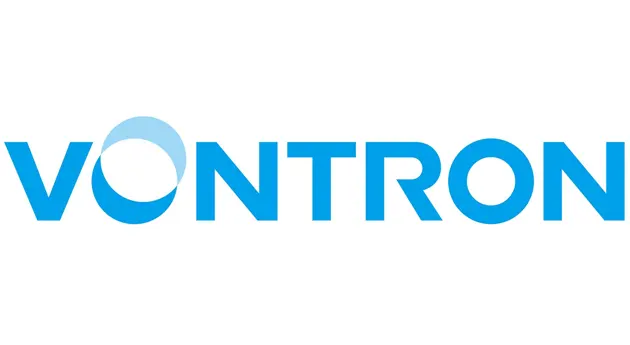
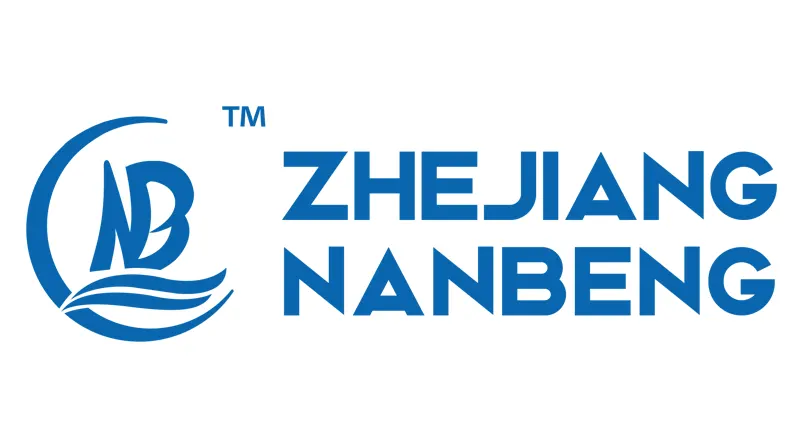


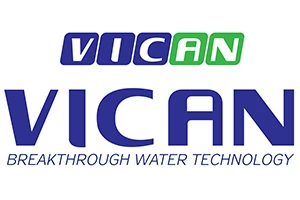






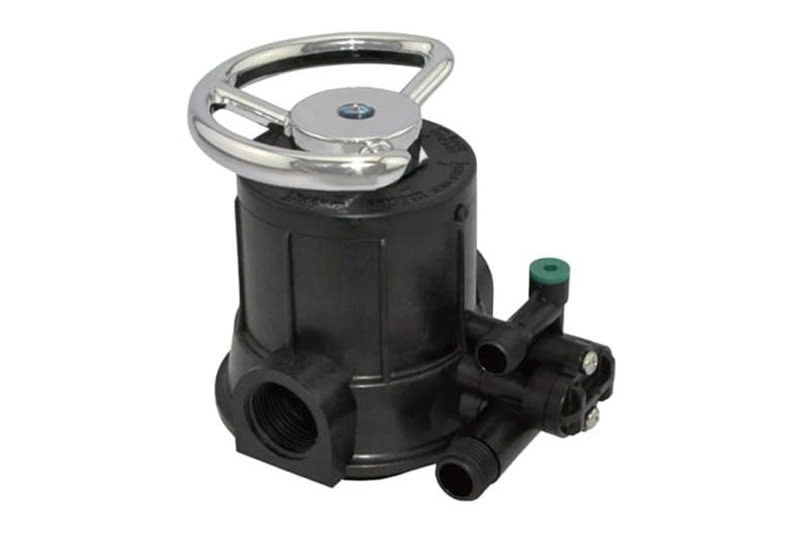
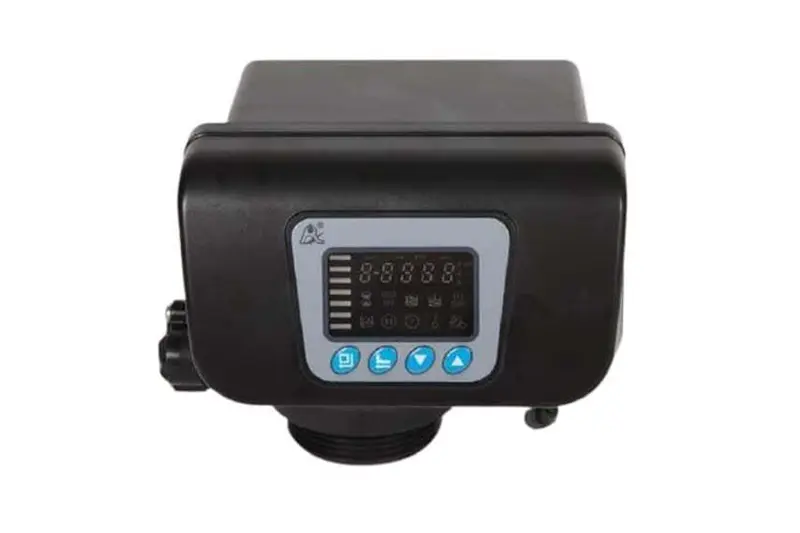




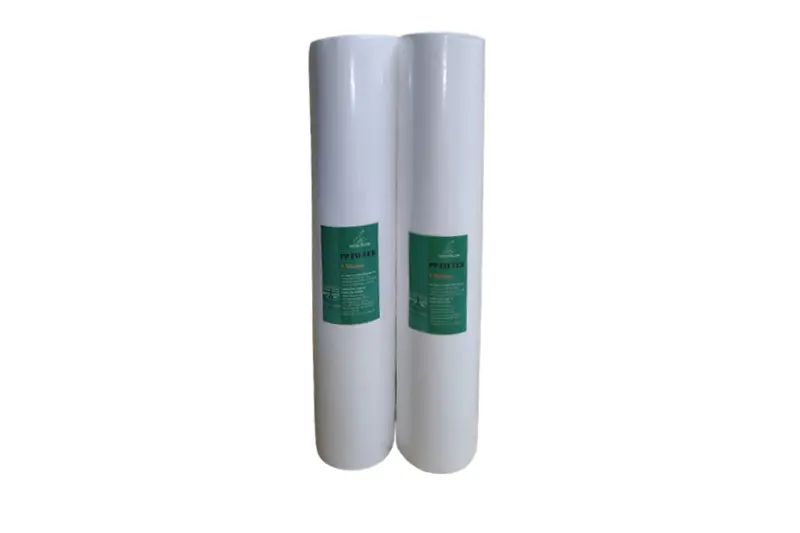



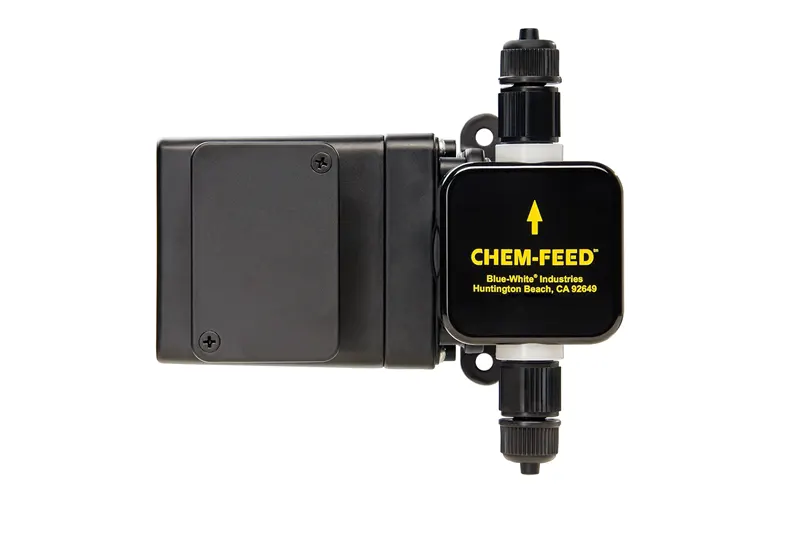
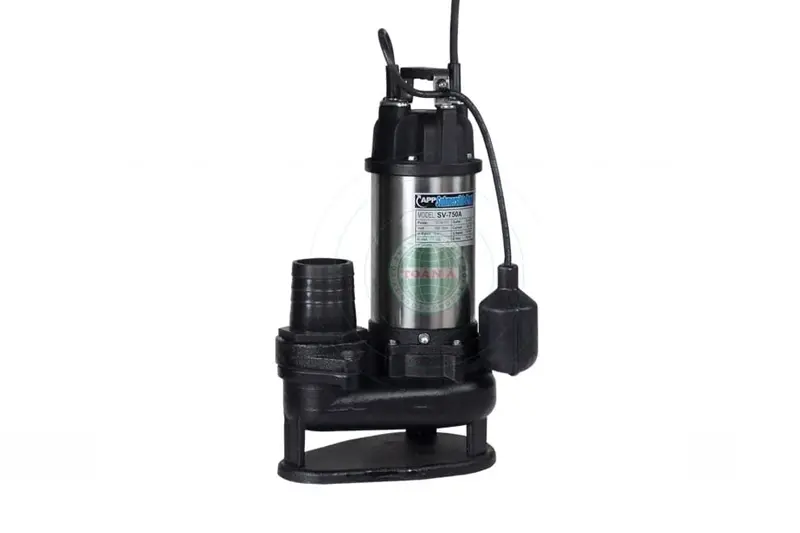



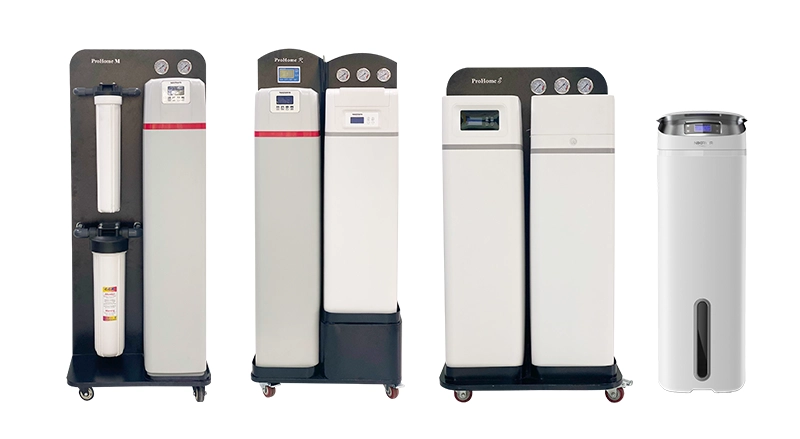
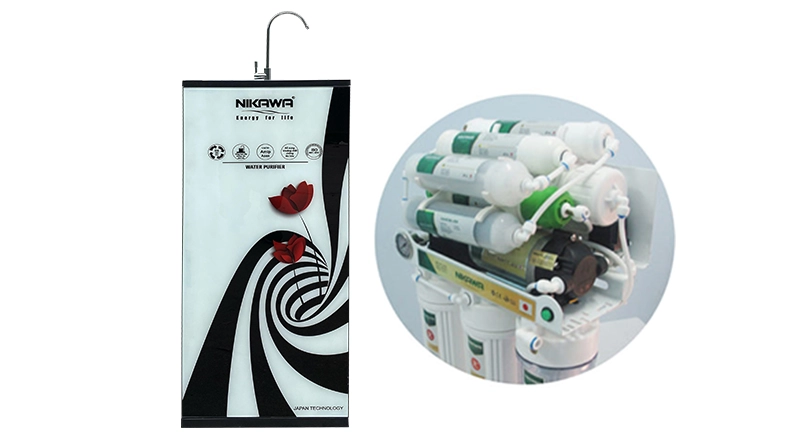
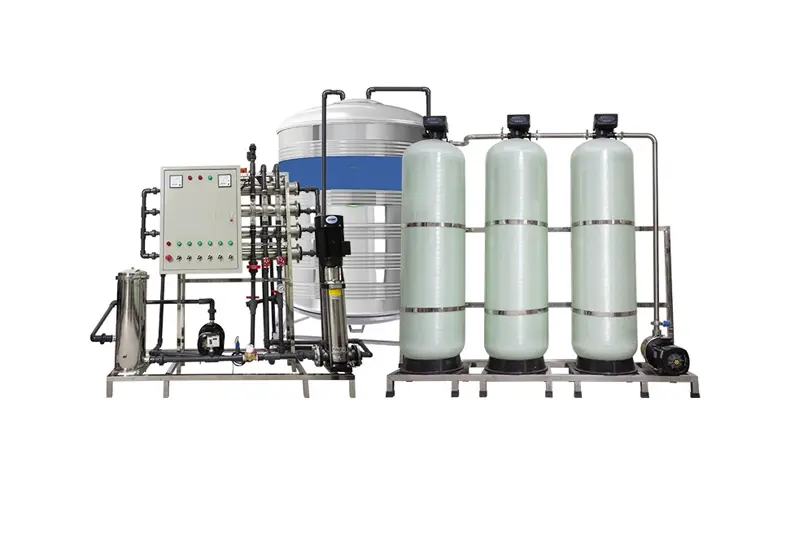
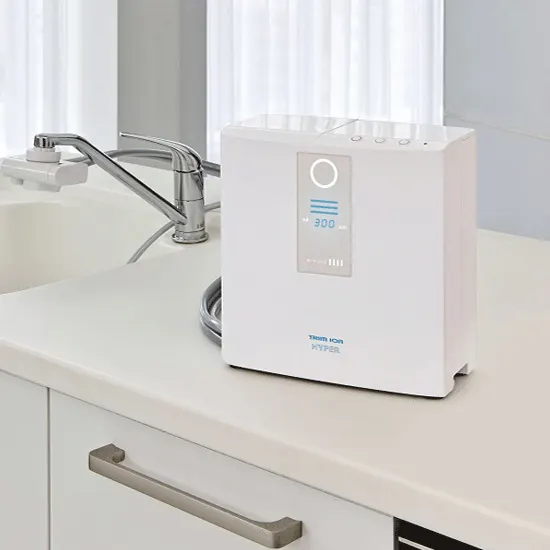
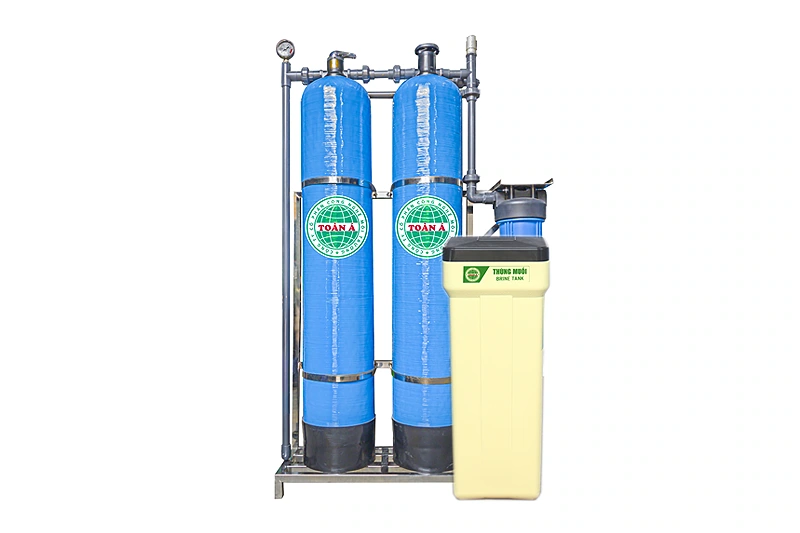


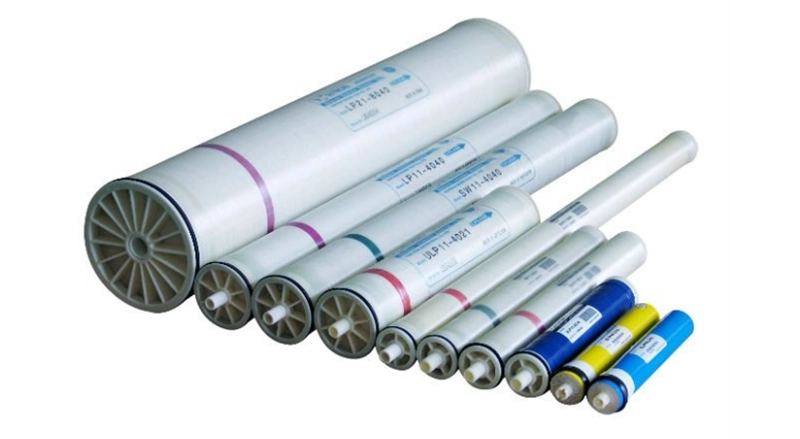
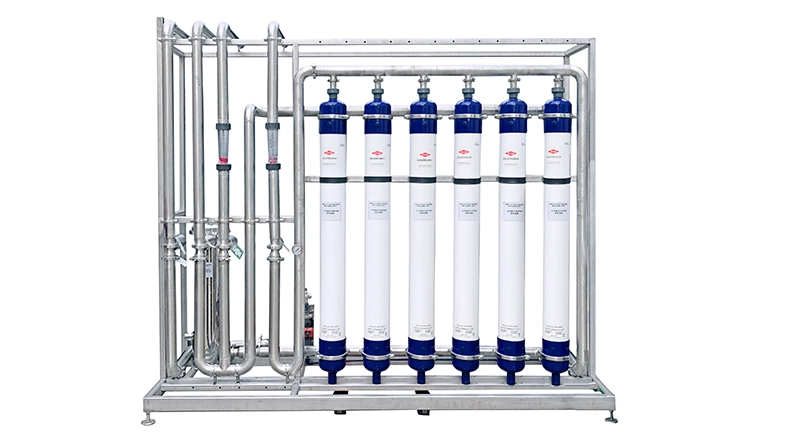


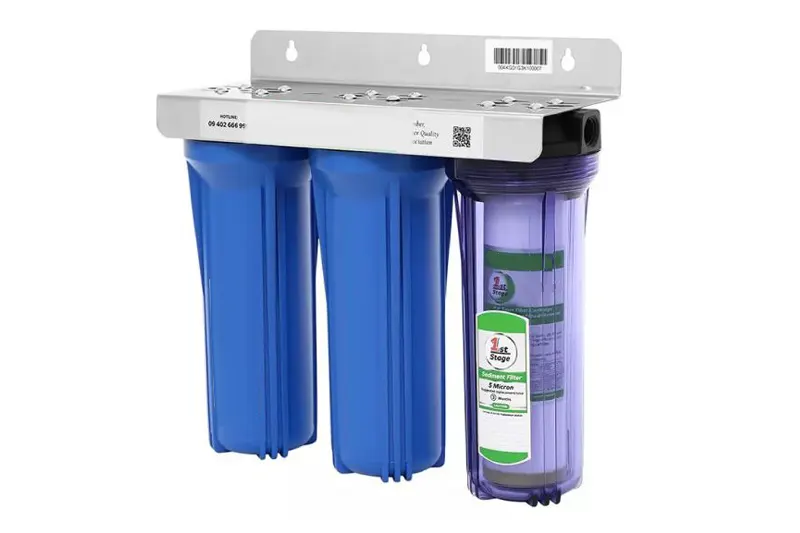

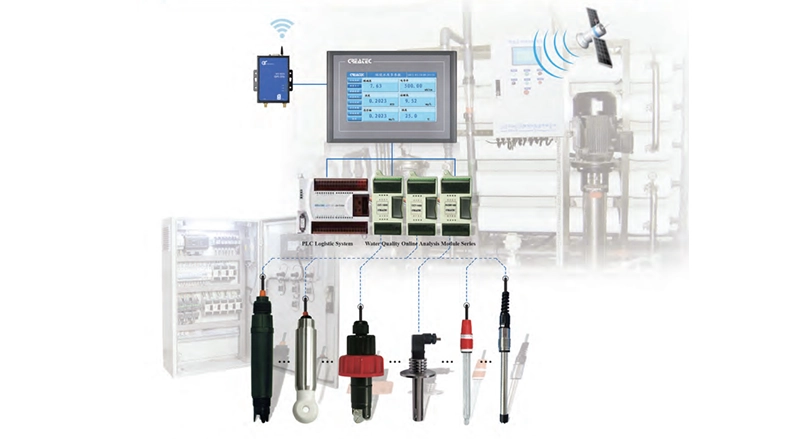
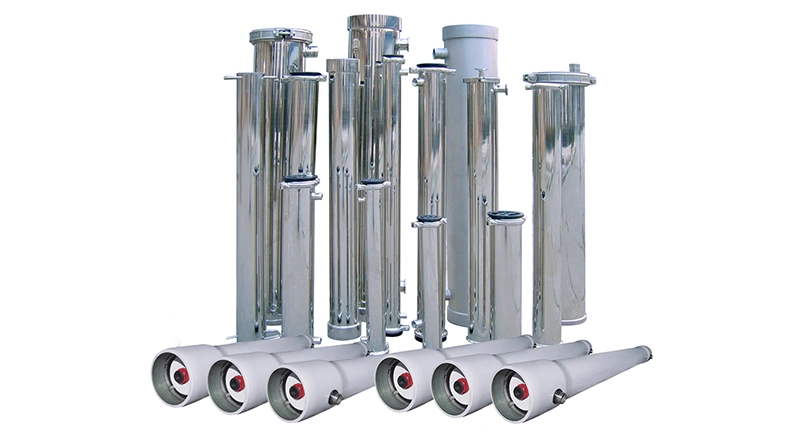
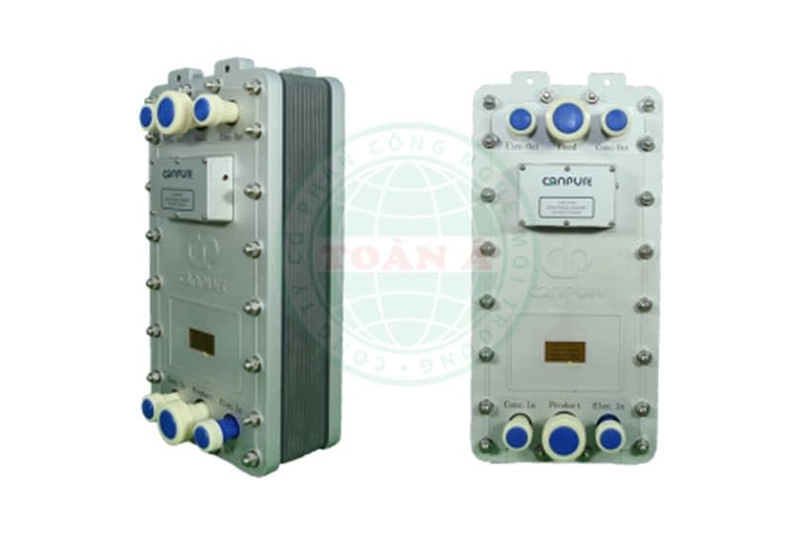
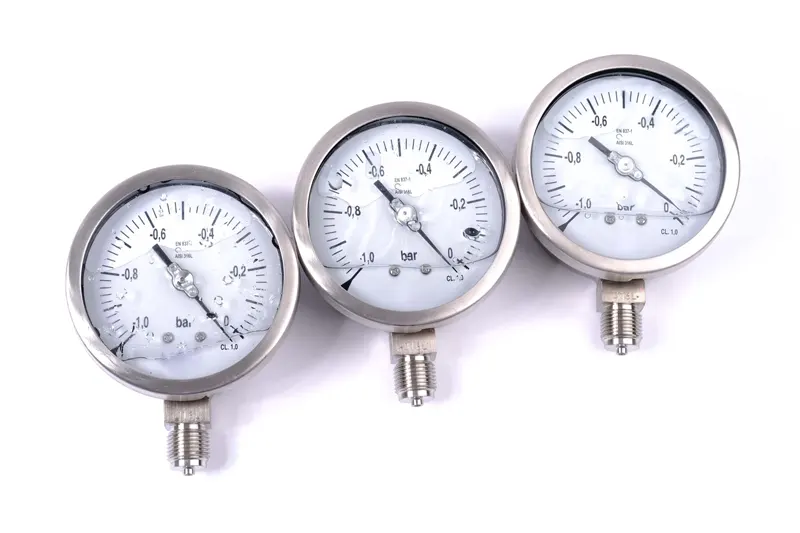
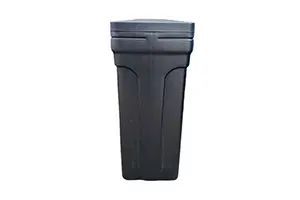


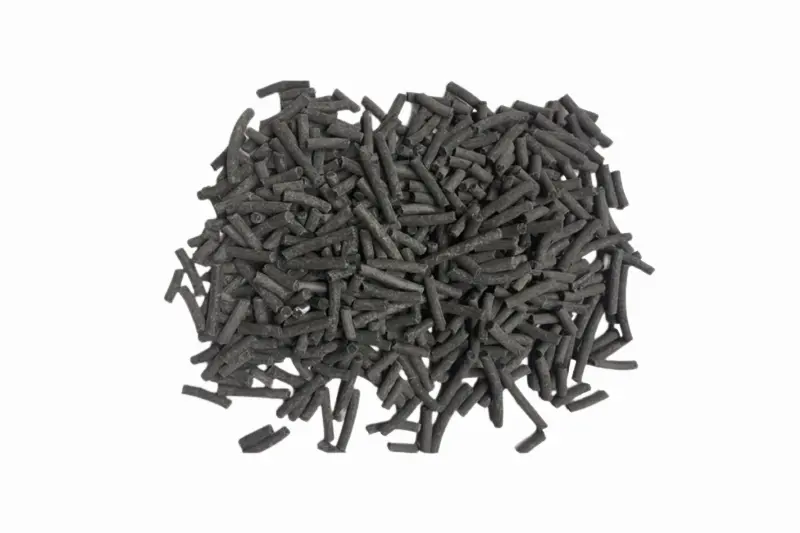
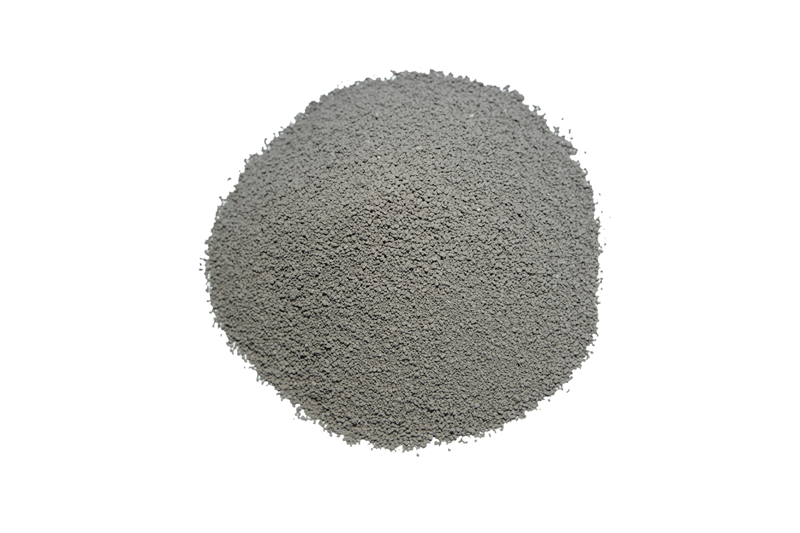
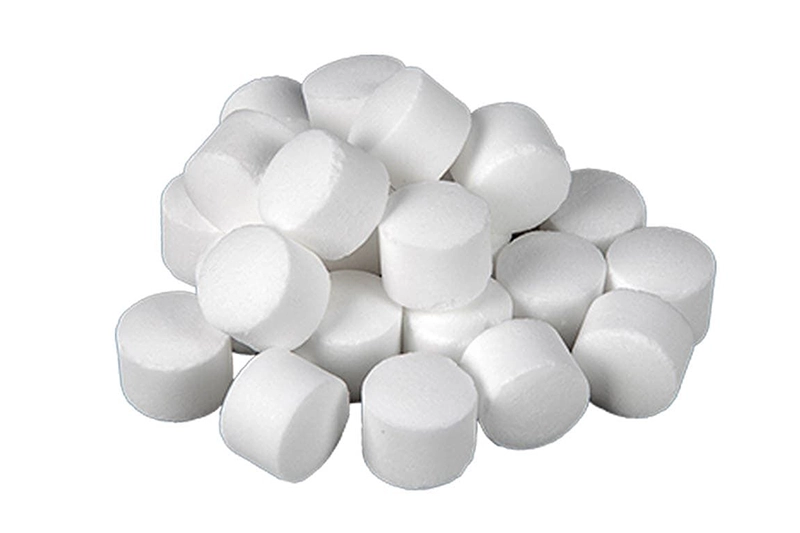
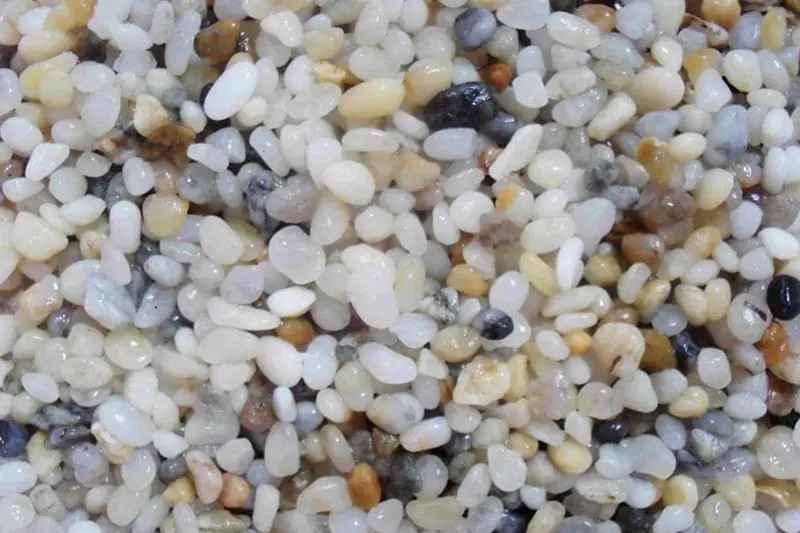









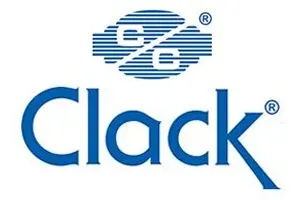
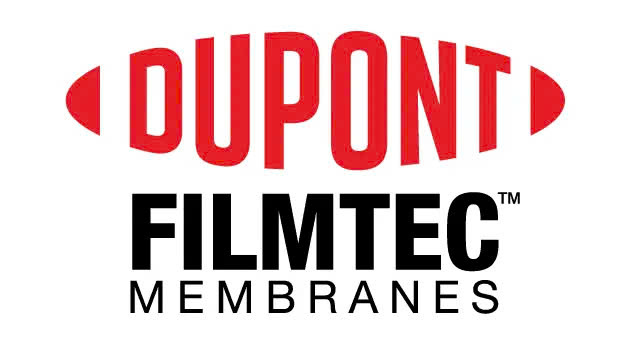
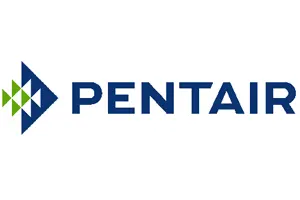
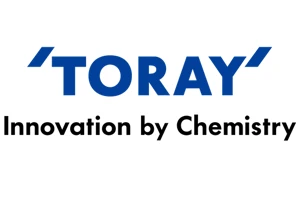

 Water Filter Columns
Water Filter Columns
 Water Filtration Membranes
Water Filtration Membranes
 Control Valves
Control Valves
 Water Filter Cartridges
Water Filter Cartridges
 Water Pumps
Water Pumps
 Water Filtration Equipment
Water Filtration Equipment
 Water Filtration Components
Water Filtration Components
 Water Filtration Materials
Water Filtration Materials
 Heat Pump Water Heaters
Heat Pump Water Heaters



 Products
Products  Solutions
Solutions  Project
Project  News
News